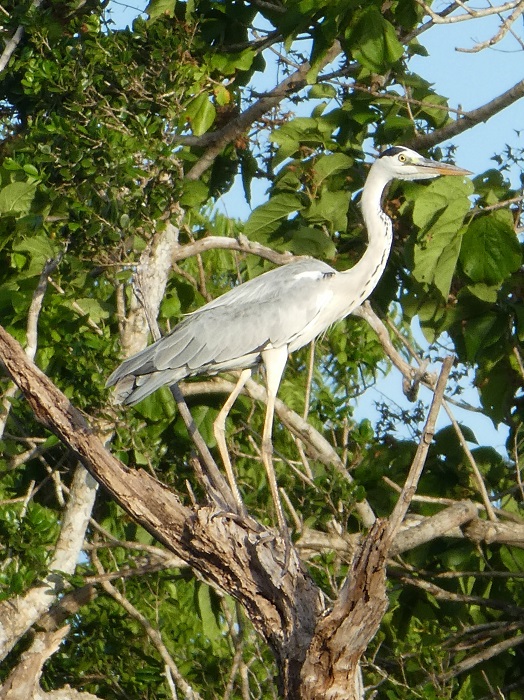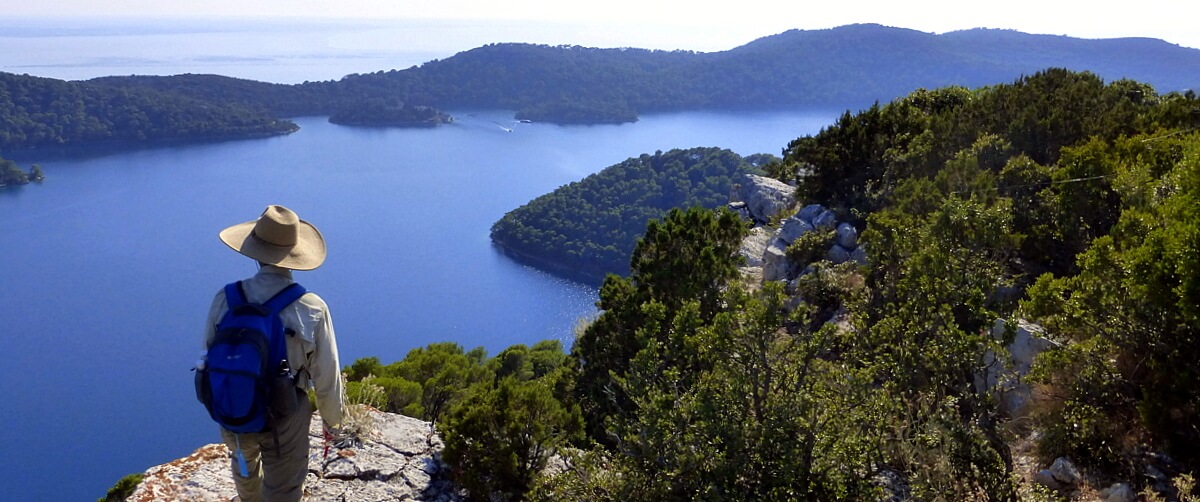I’m meeting my guide and driver in just a few minutes, but first wanted to record some of yesterday’s events. The day was fully dedicated to exploring the ancient city of Anuradhapura, the first of Ceylon’s (the name wasn’t changed until 1972, to break with the British colonial past) powerful kingdoms. Anuradhapura was founded in the 4th century BC and served as the nerve center and bread basket for Ceylon for over 1000 years until overrun by Hindu invaders from India in the 10th century.
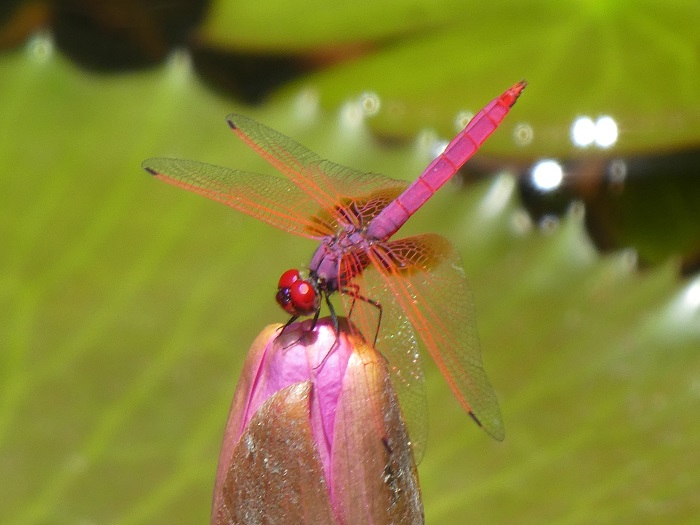
After that, it fell into a deep slumber, was reclaimed by the forest, and was largely forgotten until the British colonial period in the 19th century. Ongoing archaeological excavation has revealed one of the greatest civilization of the ancient world, so much so that the city was marked on Greek philosopher/geographer Ptolemy’s 2nd century BC world map. It was surpassed in scope and sophistication, in its period, only by the ancient Egyptians of pyramid fame.
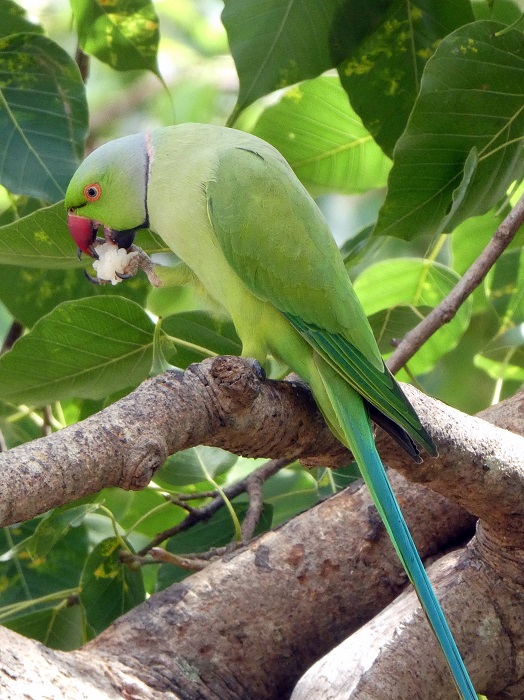
The site is spread out over several square miles, much of which is undeveloped, and unexcavated. We spent the day charting out a walk and visiting a number of the recognized sites. Buddhism was the religion of Anuradhapura, and some of the pagodas retain their religious purpose today. One of the most venerated sites is a 2000+ year old Bodhi tree started with cuttings from the tree under which the Buddha received his original enlightenment in India.
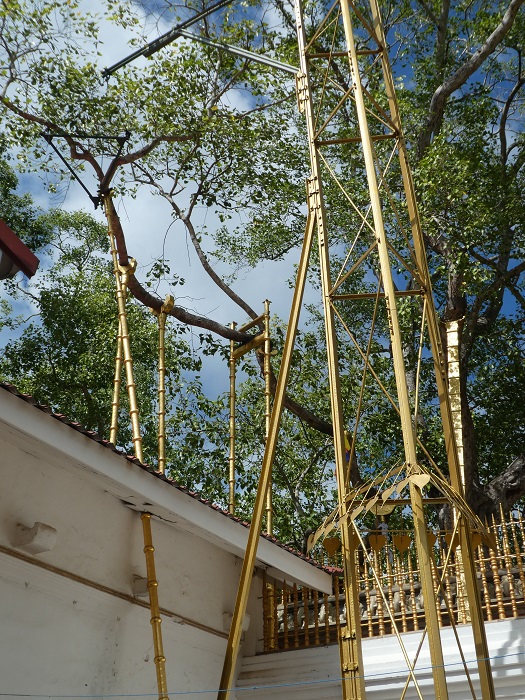
The cutting is said to have been brought to Ceylon in the 3rd century BC by an Indian princess, the sister of the monk who converted the hunting king (we encountered that story previously at nearby Mihintale). The claim is made that this tree has been tended continuously since, is carbon dated to that period, and is the oldest tree of verified age in the world. Buddha’s original Bodhi tree in India has since died, and in fact the Ceylonese tree has graciously donated cuttings back to India to return the original favor.
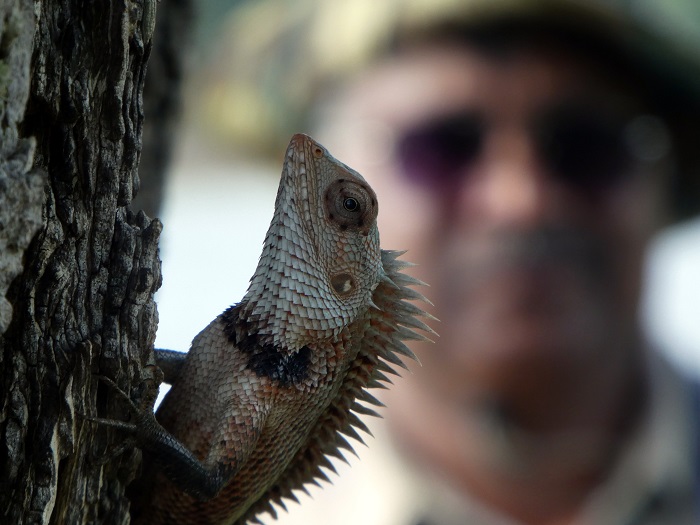
Three things stood out about our experiences yesterday
(1) …Anuradhapura was a stunning civilization. Water management – hydraulics – were perfected to a degree unknown anywhere else in the world at the time. Sri Lanka has no natural lakes, surprisingly, though it has over 100 rivers, so all pooled water is manmade – reservoirs called “tanks” in the local vernacular.
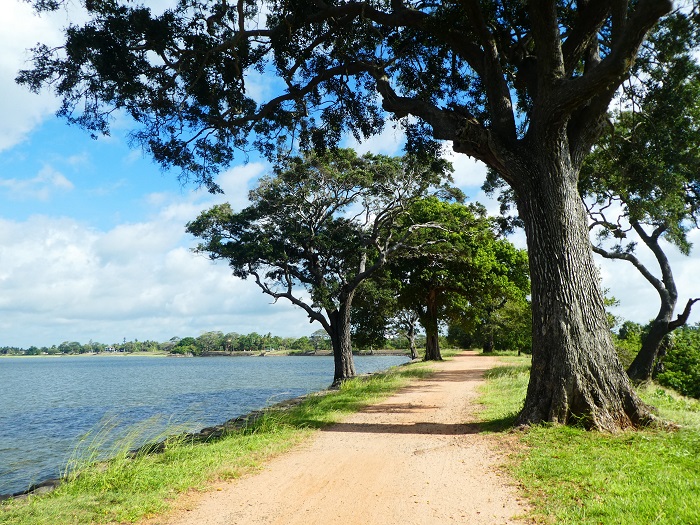
Anuradhapura developed a sophisticated system of water management collecting water into tanks and distributing it out for irrigation and personal use on a highly regulated basis. This allowed the developed of agriculture to a previously unknown degree—two rice crops a year—and supported a much larger population.
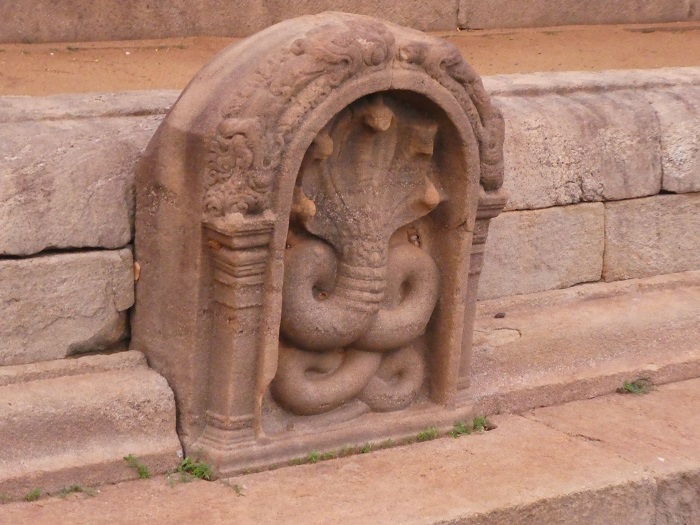
The accumulated wealth generated by this system funded the ongoing administration of the kingdom, and is probably the greatest single factor in its success and longevity.
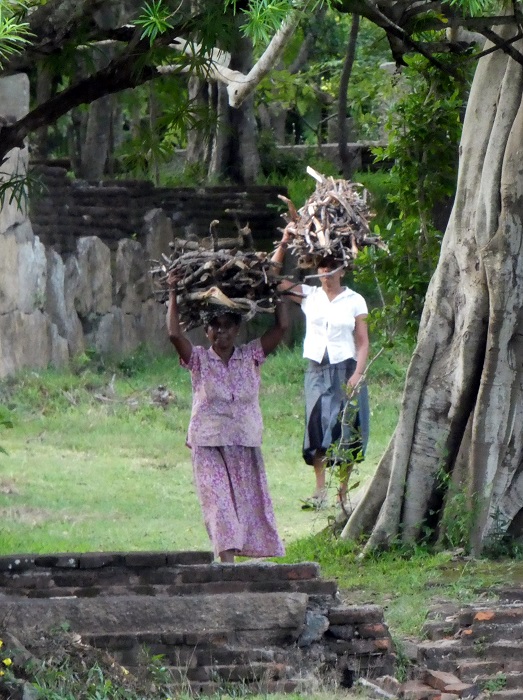
(2) Walking through ancient Anuradhapura is a multi-sensual experience. As a practicing Christian, I am intrigued by the belief systems we are encountering: Buddhist, Hindu, Islam, and Christianity. I’ve traveled a fair bit in Asia, and have had some exposure to religions of the East, but I find that this experience is adding a layer to my perceptions.
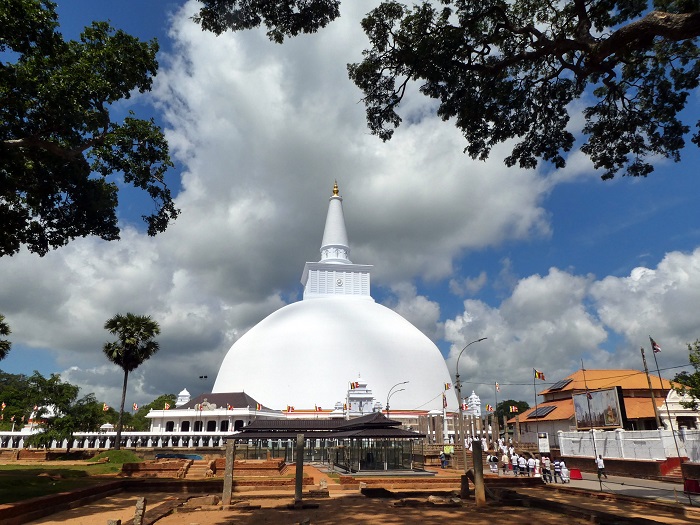
Today we encountered only Buddhism, passing several active sites of worship. One pagoda has special status as the reliquary of the collarbone of the Buddha. I was amazed at the veneration afforded the Bodhi tree, as if by its association with Buddha, it has special powers. The devotion of the pilgrims is conspicuous and sincere.
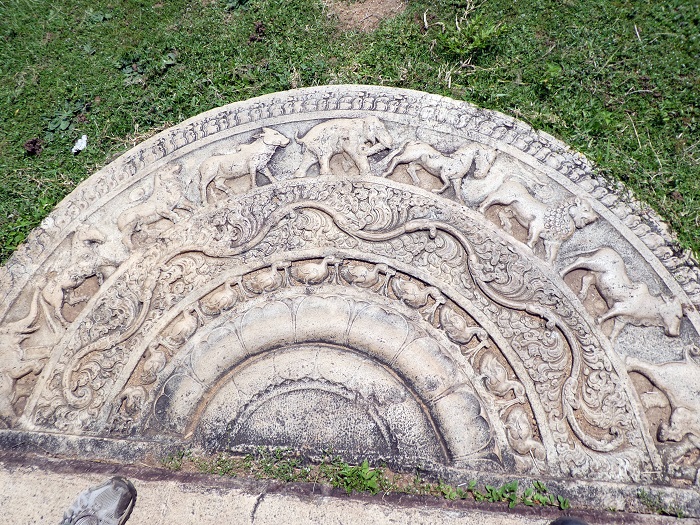
On the other hand, getting away from the religious sites and into the undeveloped ruins of Anuradhapura was magical. We were often the only humans strolling through the forests, passing the ghostlike sentinels of these ancient civilizations. Connecting with nature was every bit as dramatic and profound as the connection with history, architecture, and archaeology.
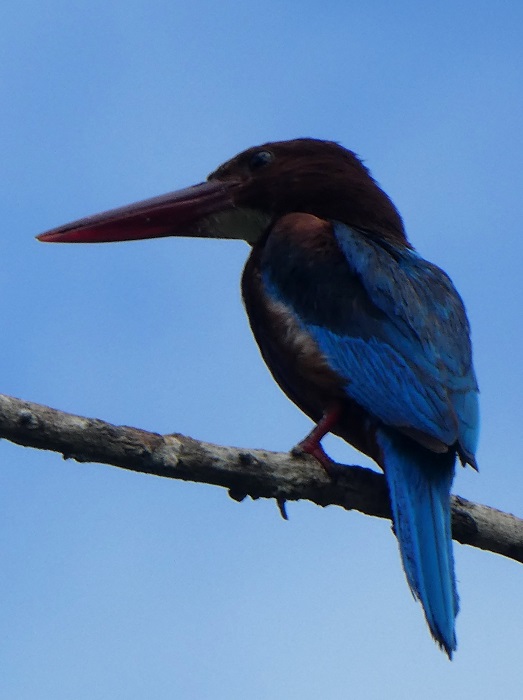
(3) Wildlife, and especially bird life, is going to be one of the most fascinating parts of this trip. Prasantha, my guide, has eagle eyes, is trained in recognizing species, and delights in pointing out critters that I would have otherwise walked right past. We arrived at the Elephant Tank, named because of its gargantuan size, around 5 pm.
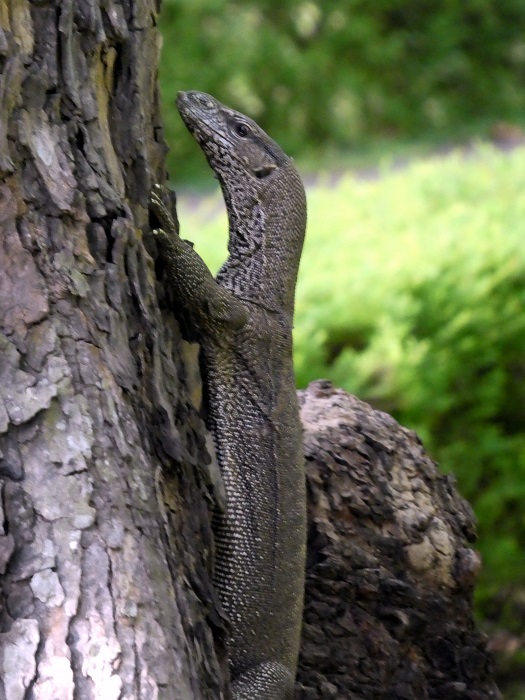
It’s easily the size of a football field, and the water attracts a wide variety of birdlife. Kingfishers, eagles, cormorants, egrets, and many more flew back and forth across its expanse. We spent at least 15 minutes there mesmerized, spotting with binoculars and zooming in with my camera. Today’s photos reflect the fact that the animal kingdom was more photogenic yesterday than the Anuradhapura Kingdom.
